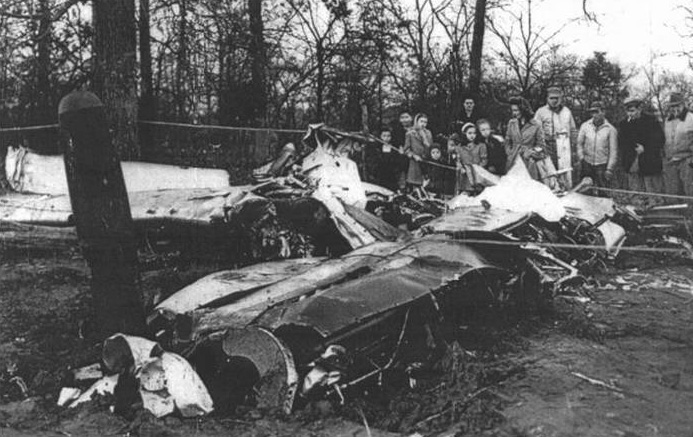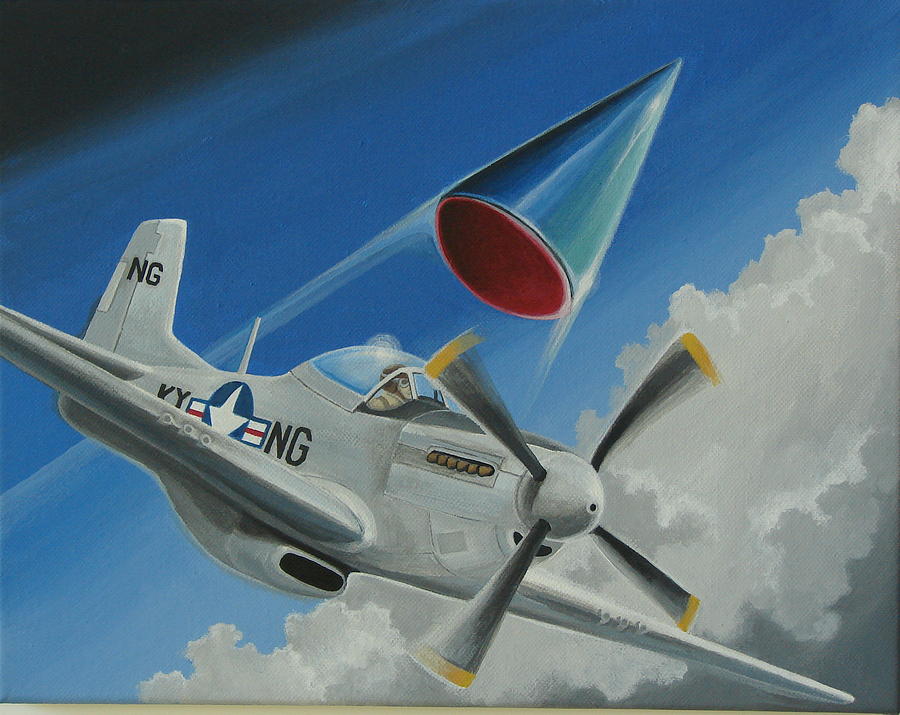George Washington’s great-grandfather, John Washington, participated in an effort to end a Native American uprising in Virginia and Maryland in the 1670s. The uprising included members of both the Susquehannah and the Piscataway, two Algonquin tribes, and during the fighting, English colonists massacred five chief who had come to negotiate under a flag of truce. After the massacre the Susquehannahs gave John Washington an Algonquian name that translated to “town taker” or “devourer of villages” – “Conotocarious.”
In 1753, the French moved into the Ohio Valley, and began building forts. The English colonies along the Atlantic coast had also claimed that land. So George Washington offered his services to the Governor of Virginia as an envoy to carry a message to the French commander. After a month’s travel into what is now Pennsylvania, Washington met with Monacatoocha of the Oneida branch of the Iroquois nation, as well as with Tanacharison from the Seneca, another Iroquois Confederacy tribe. Washington, with help from interpreters in his party, entered into negotiations and gathered information from Tanacharison about the numbers and positions of the French. It was possibly during this trip that he was given the monniker “Conotocarious,” after his murderous great-grandfather.
Washington later wrote that Conotocarious, “being registered in their Manner and communicated to other Nations of Indians, has been remembered by them ever since in all their transactions during the late War [the American Revolution].”


